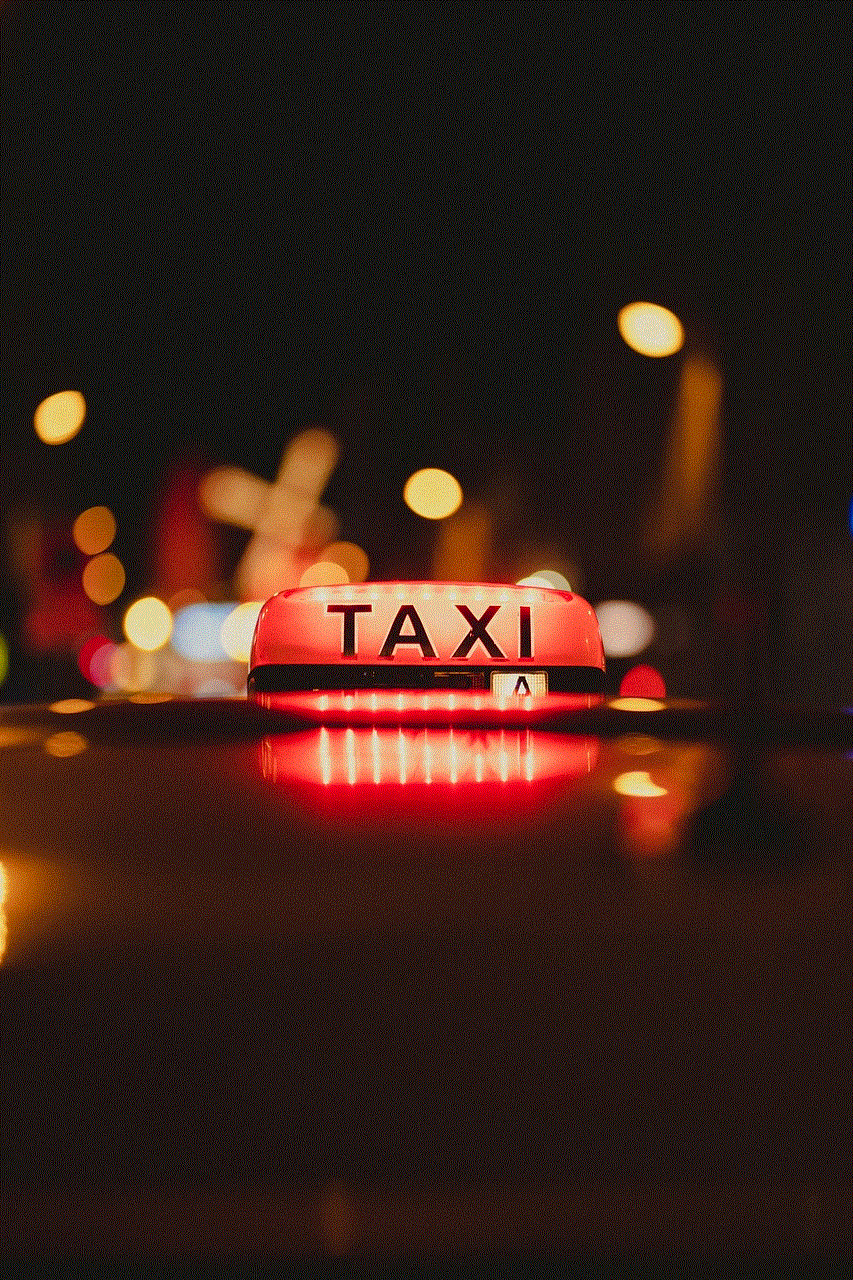set notification sounds
# Setting Notification Sounds: The Art and Science of Customizing Alerts
In a world where digital communication is an integral part of our daily lives, the need for effective notification sounds has never been more crucial. From smartphones to computers, the sounds that accompany our alerts can significantly influence our productivity, mood, and overall user experience. This article explores the importance of setting notification sounds, the psychology behind sound design, practical tips for customizing your alerts, and the future of notification sounds in an increasingly connected world.
## The Importance of Notification Sounds
Notification sounds serve as auditory cues that inform users about incoming messages, alerts, and updates. They are not merely functional; they also play an essential role in shaping our interactions with technology. The right notification sound can prompt immediate attention, while a less suitable one may be ignored.
For instance, a distinctive “ping” might herald a new email, while a soft chime could signify a reminder. The choice of sound can create a sense of urgency or relaxation, depending on the context. This makes it critical for users to thoughtfully set their notification sounds to align with their personal preferences and lifestyle needs.
## The Psychology of Sound Design
The psychology behind sound design is deeply rooted in human perception and emotional response. Certain sounds can evoke specific feelings or memories, which is why many applications allow users to customize their notification sounds. Research in psychoacoustics—the study of the psychological effects of sound—has shown that different frequencies, pitches, and rhythms can elicit varied emotional responses.
For example, high-pitched sounds are often perceived as more urgent and can trigger a faster reaction, making them suitable for alerts that require immediate attention. In contrast, lower-pitched sounds tend to be associated with calmness and can be more appropriate for non-urgent notifications. Understanding these nuances can help users create a more harmonious interaction with their devices.
## Customization and Personalization
One of the most appealing aspects of modern technology is the ability to customize and personalize settings, including notification sounds. Most devices today offer a range of options, allowing users to choose from pre-installed sounds or upload their own. This level of customization fosters a sense of ownership and can enhance the user experience.
For instance, a user might choose a catchy tune as a notification for social media alerts, reflecting their vibrant personality, while opting for a subtle ding for work-related emails to maintain a professional atmosphere. This personalized approach not only improves user satisfaction but can also increase productivity by reducing distractions.
## The Role of Context in Notification Sounds
Context is a critical factor in setting notification sounds. Different environments call for different alert sounds. For example, a loud notification sound may be appropriate in a bustling cafe but could be disruptive in a quiet library or during a meeting.
Users should consider their surroundings when setting notification sounds. Many devices offer features that allow sound profiles to change based on location or time of day. For instance, a user might set their phone to silent during work hours and use soft vibrations for personal notifications. This adaptability helps maintain focus and respect for the environment.
## The Impact of Overstimulation
In an age of constant connectivity, the frequency of notifications can lead to overstimulation. The average person receives dozens, if not hundreds, of notifications daily. This barrage can lead to anxiety and distraction, making it essential to manage not just the sounds but also the volume and frequency of notifications.
Setting distinct notification sounds for different types of alerts can help users prioritize their responses. For instance, a distinct sound for urgent emails versus a gentle chime for social media updates can guide users on where to focus their attention first. Balancing the auditory landscape helps mitigate the risk of feeling overwhelmed.
## Creating a Sound Profile
Creating a sound profile involves curating a selection of notification sounds that reflect different aspects of a user’s life. This can be particularly useful for individuals who juggle multiple roles, such as students, professionals, and caregivers.
Users can categorize sounds based on their significance. For example, a loud, attention-grabbing sound might be suitable for work-related notifications, while softer, more melodic tones could be used for personal messages. By developing a sound profile, users can streamline their notifications, ensuring they respond to what matters most without unnecessary distractions.
## Exploring the World of Custom Sounds
The digital age has ushered in an era of creativity, allowing users to explore custom sounds for their notifications. Many platforms and applications support uploading personal audio clips, enabling users to express their individuality.
Imagine receiving a message from a friend and hearing a snippet of your favorite song or a funny soundbite that makes you smile. This not only adds a layer of enjoyment to receiving notifications but also deepens the emotional connection with the device. However, it’s important to ensure that custom sounds remain appropriate for various contexts, especially in professional environments.
## The Future of Notification Sounds
As technology continues to evolve, so too will the ways we experience notification sounds. The rise of artificial intelligence and machine learning may lead to more adaptive notification systems that learn user preferences over time.
For instance, an intelligent system could analyze patterns in user behavior and adjust notification sounds accordingly. If a user consistently ignores a particular sound, the system might suggest alternatives or even automatically change it to something more engaging. This level of personalization could revolutionize how we interact with our devices, making notifications more intuitive and less disruptive.
## Accessibility Considerations
When discussing notification sounds, it’s essential to consider accessibility. Not all users experience sound in the same way, and some may rely on visual or tactile cues. Providing a range of notification options, including vibrations, visual alerts, and auditory signals, ensures that technology remains inclusive.
Developers have a responsibility to create notification systems that cater to diverse needs. For instance, users who are hard of hearing may prefer strong vibrations or visual indicators, while those with auditory sensitivities may require softer sounds or customization options that allow them to choose what works best for them.
## Conclusion: The Sound of Connection
Setting notification sounds is more than just a technical adjustment; it’s a reflection of our interactions with technology and the world around us. The sounds we choose can enhance our productivity, influence our mood, and even shape our relationships with others.
In our fast-paced digital landscape, taking the time to thoughtfully curate notification sounds can lead to a more harmonious and productive experience. As technology continues to evolve, the potential for innovative notification systems holds promise for enhancing our daily interactions. Ultimately, the art of setting notification sounds is about finding balance, creating connections, and ensuring that our devices support us in our personal and professional lives.
someone stole my phone
# The Heartbreak of Losing a Phone: A Personal Journey



In today’s digital age, our smartphones have become an integral part of our lives. They are not just communication devices; they serve as our personal assistants, social media portals, photo albums, and even wallets. Losing a phone can feel like losing a part of oneself. In this article, I will share my personal experience of having my phone stolen, the impact it had on my life, and the steps I took to recover from this unfortunate situation.
## The Day It Happened
It was an ordinary Tuesday morning, and I was rushing to catch my train to work. With my bag slung over one shoulder and a coffee in hand, I was preoccupied with thoughts of the day ahead. I remember checking my phone for messages as I stood on the crowded platform, the hum of the morning commute buzzing around me. In that fleeting moment of distraction, I felt a sudden jolt. I turned around just in time to see a figure darting away from me. My heart sank as I realized my phone was gone.
The initial shock left me frozen. I stood there, scanning the crowd, hoping to catch a glimpse of the thief or my beloved device. It wasn’t long before panic set in. I knew the implications of losing my phone—my contacts, photos, personal notes, and, most importantly, my sense of security.
## The Immediate Aftermath
As the adrenaline subsided, I began to assess the situation. My first instinct was to call my phone. I fumbled through my bag, only to be reminded that my phone was the very device I needed to call for help. I rushed over to the nearest café and asked to use their landline. The barista was kind enough to oblige, and I dialed my number. It rang and rang, but there was no answer. Somewhere in the depths of my mind, I knew it was futile. The thief had likely switched it off or tossed it aside immediately after snatching it.
Frustration and anger bubbled up inside me as I realized how vulnerable I felt. I had always prided myself on being cautious and responsible, yet here I was, a victim of theft in broad daylight. I reported the incident to the transit authority, but deep down, I knew that my chances of recovering the phone were slim.
## The Emotional Toll
The emotional toll of losing my phone was profound. Beyond the material loss, I felt a sense of violation and helplessness. My phone held memories—photos from vacations, chats with friends, and reminders of significant moments in my life. I had a sense of attachment to my device that I had never fully acknowledged until that moment. The realization struck me that my digital life was inextricably linked to this small, rectangular gadget.
In the days that followed, I experienced a mix of anxiety and nostalgia. I found myself reaching for my pocket to check notifications, only to be met with emptiness. I missed the comfort of scrolling through social media during my downtime or listening to music while commuting. I even missed the mundane task of sending a quick text to a friend.
## The Practical Steps
Once the initial shock wore off, I knew I had to take practical steps to mitigate the damage. First and foremost, I needed to secure my accounts. I hurriedly logged into my various online accounts from my laptop, changing passwords for email, banking, and social media. I enabled two-factor authentication wherever possible, adding an extra layer of security to my online presence.
Next, I contacted my mobile carrier to report the theft. They were surprisingly understanding and helpful, assisting me in suspending my service to prevent any unauthorized usage. However, I was informed that recovering the phone was highly unlikely. They advised me to file a police report, which I did, but I left the station feeling disheartened.
## The Insurance Dilemma
As I navigated the aftermath of the theft, I remembered that I had purchased insurance for my device. I contacted the insurance company to file a claim, hoping that the process would be straightforward. To my dismay, it was anything but. The claims process involved filling out numerous forms and providing proof of purchase, which I had to dig up from my email.
After several back-and-forth emails and phone calls, I finally submitted my claim. The waiting game began, and I couldn’t shake the feeling of frustration. I had always been diligent about keeping my belongings safe, and now I found myself at the mercy of bureaucracy, waiting for a decision that could take weeks.
## The Search for a Replacement



While I waited for the insurance claim to be processed, I started researching replacement options. The thought of buying a new phone brought a mix of excitement and dread. I had grown accustomed to my previous device, and the idea of transitioning to something new felt daunting. I spent hours reading reviews, comparing features, and determining what model would best suit my needs.
Ultimately, I decided to upgrade to a newer model that promised better security features and enhanced functionality. It was a relief to have a plan, and I placed my order, eagerly anticipating its arrival. However, I couldn’t shake the feeling of loss that lingered over me. My new phone would serve as a replacement, but it would never hold the same memories as my stolen device.
## The Lesson of Digital Security
My experience taught me a valuable lesson about digital security. In an age where our lives are increasingly stored in the cloud, it is crucial to take proactive measures to protect our data. I started researching best practices for digital security, such as using strong, unique passwords, enabling encryption, and regularly backing up my data.
I also became more aware of the apps I used and the permissions I granted. Many people, including myself, often take security for granted, assuming that nothing will happen to us. However, my experience was a wake-up call. I began to implement security measures that I had previously overlooked, ensuring that my digital life would be safeguarded against future threats.
## The Support of Community
During this challenging time, I found solace in my community. Friends and family rallied around me, offering support and sharing their own stories of loss. It was comforting to know that I was not alone in this experience. Many people had faced similar situations, and their empathy made the burden a little lighter.
I also took to social media to share my story, raising awareness about phone theft and encouraging others to be vigilant. The response was overwhelming. Many people offered tips on how to prevent theft, while others shared their own experiences and the lessons they had learned. It was a reminder of the strength of community and the importance of looking out for one another.
## The Day I Got My Replacement
Finally, after what felt like an eternity, the day arrived when my new phone was delivered. I eagerly unboxed it, feeling a rush of excitement mixed with a tinge of nostalgia. As I set it up, I was reminded of all the memories I had lost. My new phone was sleek and shiny, filled with the latest features, but it felt like a hollow replacement.
I spent the day customizing my settings, downloading apps, and transferring data from my old backup. It was a bittersweet experience. While I was grateful to have a new device, I couldn’t help but mourn the loss of my previous one. It was a reminder that while technology evolves, the emotional connection we have to our devices remains real and significant.
## Moving Forward
As time went on, I began to heal from the experience. I learned to embrace my new phone and the opportunities it offered. I took extra precautions, always being mindful of my surroundings and ensuring that I kept my device secure. I also became an advocate for digital security, sharing my story with others and emphasizing the importance of being proactive.
While the theft of my phone was undoubtedly a challenging experience, it taught me invaluable lessons about resilience, digital security, and the power of community support. I emerged from the situation with a greater appreciation for my belongings and a renewed commitment to safeguarding my digital life.
## Conclusion
Losing a phone is more than just a material loss; it can feel like a personal violation. My experience of having my phone stolen opened my eyes to the vulnerabilities we face in a digital world. However, it also highlighted the importance of resilience and the lessons we can learn from adversity.
In the end, I found a sense of closure, not just in replacing my device but in understanding the importance of security and community. While I will never get back the photos and messages from my stolen phone, I have emerged from the experience with a deeper understanding of what it means to protect my digital life.



As we continue to navigate an increasingly connected world, let us remember to prioritize our security, support one another, and cherish the memories we create along the way. Losing my phone was a turning point in my life, and while it was a painful experience, it ultimately led to growth and a greater appreciation for the digital age we inhabit.
